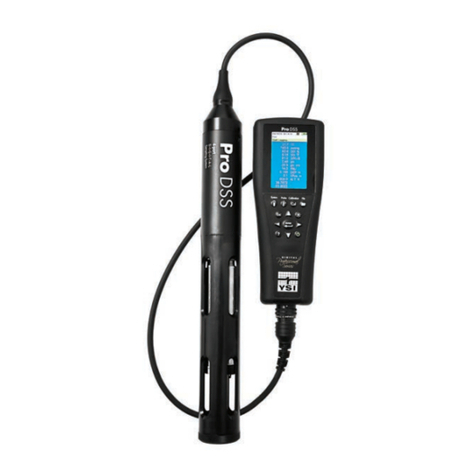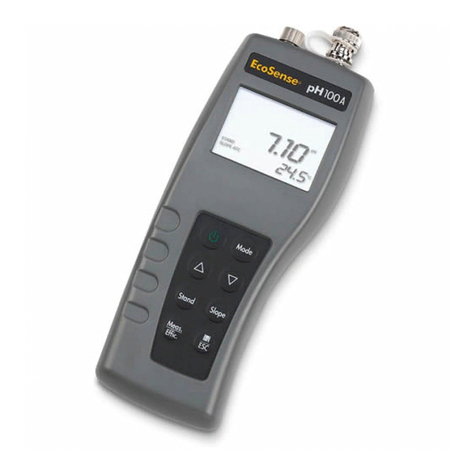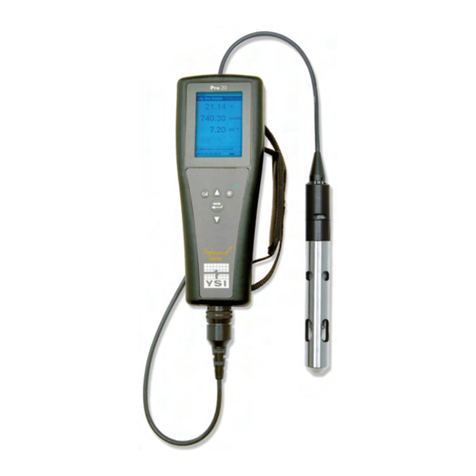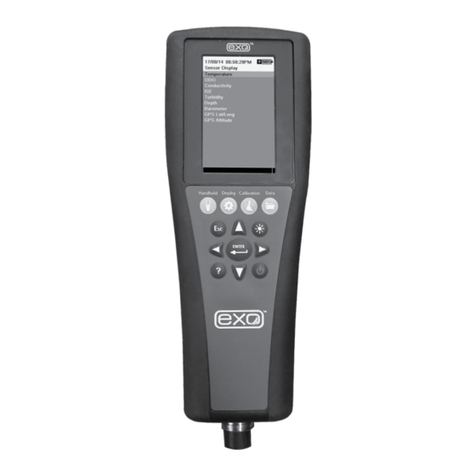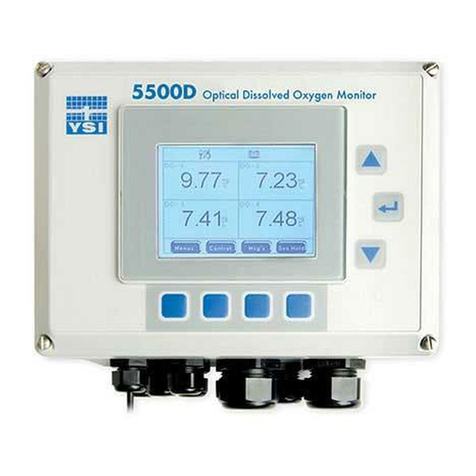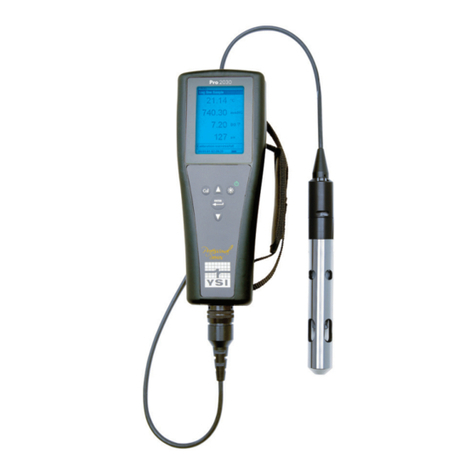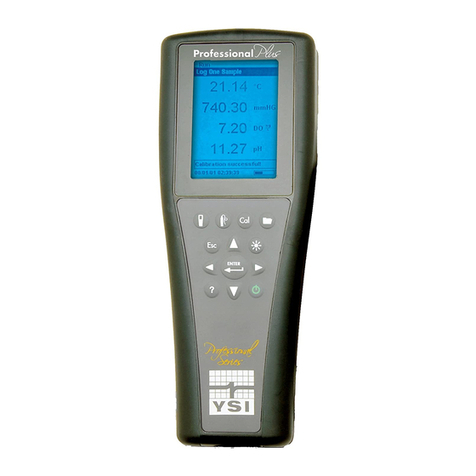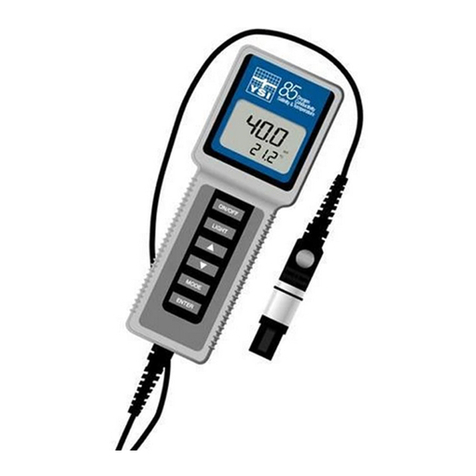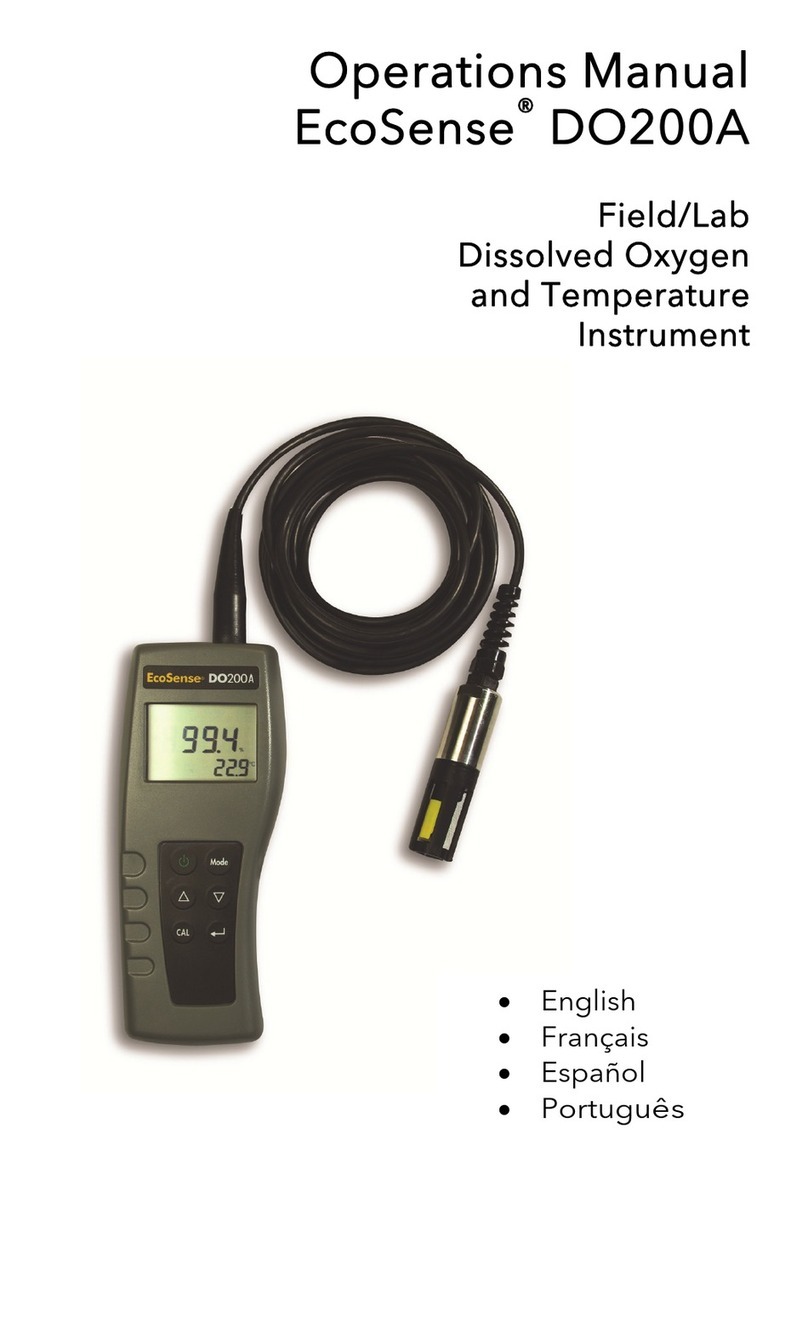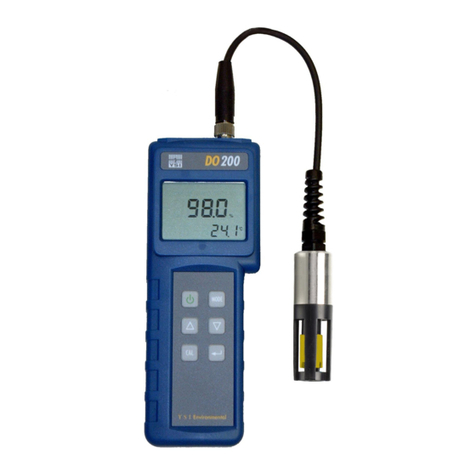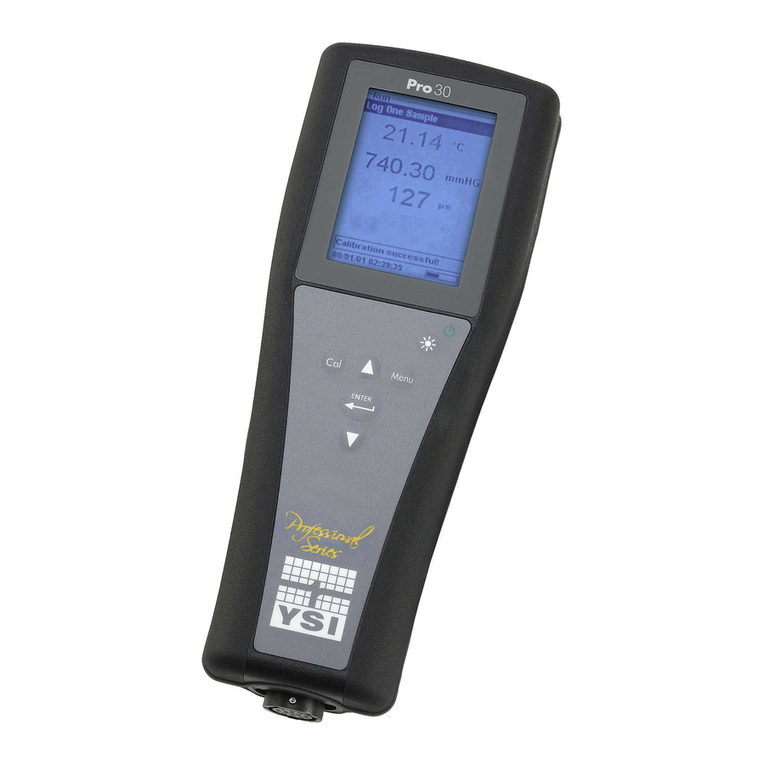
i
Table of Contents
1. Introduction..............................................................................................................................................1
1.1 Capabilities ...................................................................................................................................................... 1
1.2 Controls............................................................................................................................................................ 2
Front Panel...................................................................................................................................................... 2
Rear Panel....................................................................................................................................................... 3
2. Getting Started.........................................................................................................................................4
2.1 Unpacking........................................................................................................................................................ 4
2.2 Warranty Card.................................................................................................................................................. 4
2.3 What You Need ............................................................................................................................................... 4
3. System Configuration and Operation....................................................................................................5
3.1 Turning the Instrument On............................................................................................................................... 5
3.2 Connect the Cell............................................................................................................................................... 5
3.3 Configure the 3100 .......................................................................................................................................... 6
Cell Constant .................................................................................................................................................. 6
3.4 Measurement Modes........................................................................................................................................ 7
3.5 Making Measurements..................................................................................................................................... 9
3.6 Autoranging & Range Searching ..................................................................................................................... 9
3.7 Platinization..................................................................................................................................................... 9
4. Advanced Setup.....................................................................................................................................10
4.1 Cell Calibration.............................................................................................................................................. 10
4.2 Temperature Coefficient................................................................................................................................ 12
4.3 Reference Temperature.................................................................................................................................. 12
4.4 Manual Ranging............................................................................................................................................. 13
5. Maintenance...........................................................................................................................................15
5.1 Cell Cleaning and Storage.............................................................................................................................. 15
5.2 Platinization................................................................................................................................................... 15
6. Troubleshooting....................................................................................................................................17
Error Messages ............................................................................................................................................. 17
7. Principles of Operation.........................................................................................................................19
7.1 3100 Principles .............................................................................................................................................. 19
7.2 Conductivity Principles.................................................................................................................................. 19
Introduction .................................................................................................................................................. 19
Conductivity Fundamentals .......................................................................................................................... 19
Cell Constant ................................................................................................................................................ 20
Choosing a Conductivity Cell....................................................................................................................... 21
Cell Constant Calculation ............................................................................................................................. 22
Conductivity Cell Calibration - Some Things To Remember ..................................................................... 22
Conductivity Law.......................................................................................................................................... 23
Low Conductivity Measurements ................................................................................................................. 23
General Conductivity Measurement Precautions.......................................................................................... 24
Platinization.................................................................................................................................................. 24
Temperature Correction................................................................................................................................ 24

